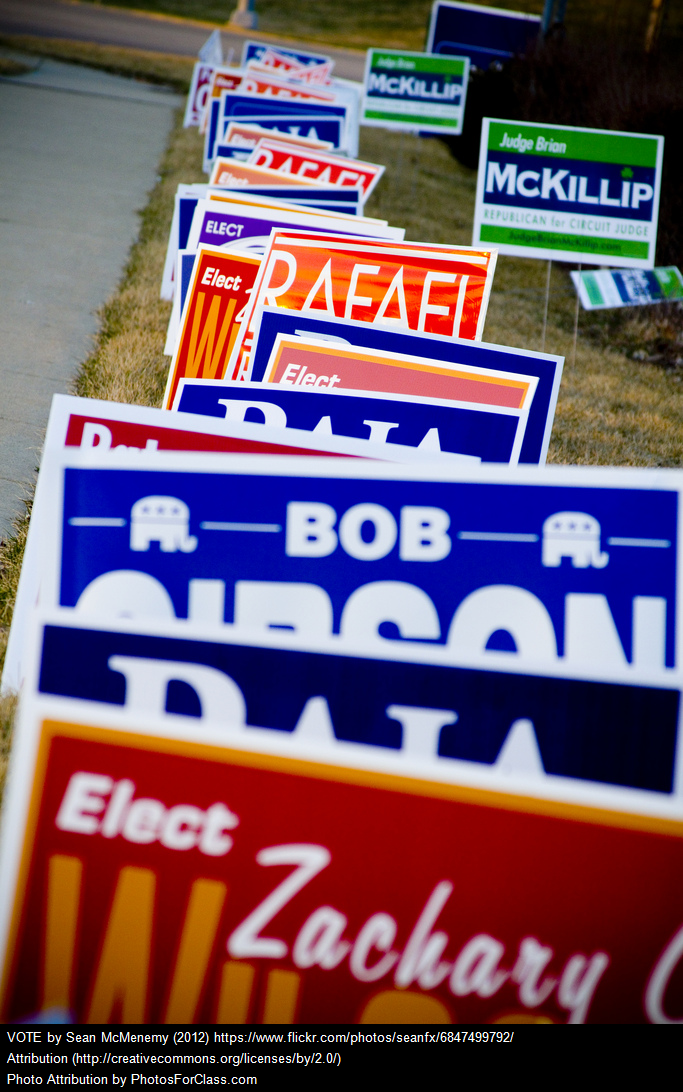BY ROBERT REYNOLDS
Let’s say “Debbie the Democrat” is running for the US House of Representatives.
Debbie knows she can win votes through personal contact with constituents. However, because doing this through typical methods like door knocking is time-intensive, her consultants insist she prioritize using TV ads and mailers to reach voters at scale. As a result, Debbie’s facetime with constituents focuses primarily on the one percent whose donations fuel her media-intense campaign.
But all hope is not lost. Debbie may escape this trap through a time-efficient organizing tactic I call “vote bundling.”
Here’s how:
As a “vote bundler,” “Simon the supporter” can help Debbie by convening 10 friends at his home to meet Debbie either in-person or via video. In his invite, Simon explains attendees will not be asked for donations; this special opportunity is simply for his friends to meet an outstanding candidate. At the event, Debbie fields questions for 20 minutes and then departs. After, Simon shares a personal story about why he supports Debbie and then opens the room up to a general discussion. Given these events would target demographics of swing and irregular voters, Debbie’s brief appearance would likely yield more votes per minute than door knocking.
Better yet, such a vote bundling party can produce more than 10 votes by upselling attendees to become “vote triplers.” Because the audience would be people who rarely receive facetime with Congress members, the behavioral science concept of reciprocity suggests Simon’s 10 friends would be well-primed to pay forward his benevolent act. Thus, before the vote bundling party concludes, Simon passes out “vote tripler” sign-up cards asking each friend for (i) the names of three personal contacts they will try to persuade to vote Democrat and (ii) their cell phone number for an Election Day reminder text message.

The front and back of a sample “vote tripler” sign-up card
Through a vote bundling party like this, an everyday citizen can bundle 40 votes in one night: 10 from attendees and 30 from the attendees’ friends. With one additional Congressional vote costing up to $540 in paid media, this may produce the same impact as roughly $20,000 in donations.
This campaign tactic is not just good for candidates. My recent projects show voters like it, too.
Most recently, I led a friend-to-friend voter turnout initiative with DC Unite Against Hate, a progressive organization started by HKS alumni that organized volunteers for Danica Roem’s victorious Virginia House of Delegates campaign. At the end of each canvassing and phone banking conversation, our volunteers informed the constituent that many of their neighbors had pledged to hold three friends accountable to vote. We shared people were doing this easy, high-impact action because get-out-the-vote requests are more effective when they come from personal contacts than from strangers like us. We then asked, “Who are three people you can nudge to vote?” In total, 71 constituents listed 204 people they would mobilize to vote.
On Election Day, almost half of these constituents responded to our text message reminders and over 80 percent of respondents confirmed their three friends voted. For comparison, a text message-based intervention with only a 3.5 percent response rate boosted turnout in the 2016 election.
These results are not surprising. Behavioral scientists find social pressure voting tactics are “roughly an order of magnitude more influential than conventional partisan or nonpartisan appeals.” For instance, one test shows friend-to-friend communication about an election increases turnout by eight percentage points. Another finds that just knowing one or more of your friends voted increases turnout. Columbia University’s Donald Green and Yale University’s Alan Gerber write “the frontier of get-out-the-vote research” involves “recruiting people to be responsible for turning out a small group of friends.”
Clearly, friend-to-friend tactics are low-hanging fruit. Given this, Democratic Congressional candidates in 2018 should ask all citizens to become “vote triplers.” One way to facilitate this is through well-connected citizens who host “vote bundling” parties where they evangelize their friends on behalf of the campaign. Campaigns who win votes through personalized friend-to-friend organizing will be less reliant on impersonal, costly TV ads and mailers. As a result, candidates will spend less time courting the rich and will have more time for everyday Americans. That change would nurture a more perfect union.
The opinions expressed in this article are the author’s own and do not necessarily reflect the view of any organization he is affiliated with.”

Edited by AJ Pascau
Cover Photo Credit: Sean McMenemy via Flickr
Photo Credit Two: Julia Lindpaintner
